I am studying time scheduling problem solving with linear programming. I am reading paragraph 2.5 from this book (pages 32-35) and I am trying to solve it with Java and javailp-lp_solve.
long story short, I have a binary variable v(s,c,h) which takes value 1 if subject s is taught in classroom c in time slot h and 0 otherwise.
I have a question about a type of constraint that I cannot completely understand. For example, every instructor teaches at most one subject every hour (time slot)

where

There are two teachers teaching the subjects below:

I would like to ask: How do I develop this double summation, having 3 elements?
If I understood well, I've got to implement something like this

But what about h? What is its role, since there is no reference for it in summation? Having a variable with 3 elements, how should I implement it? I am completely lost here and I cannot even create the code. I would appreciate of you could explain to me what is going on here. Thank you in advance.